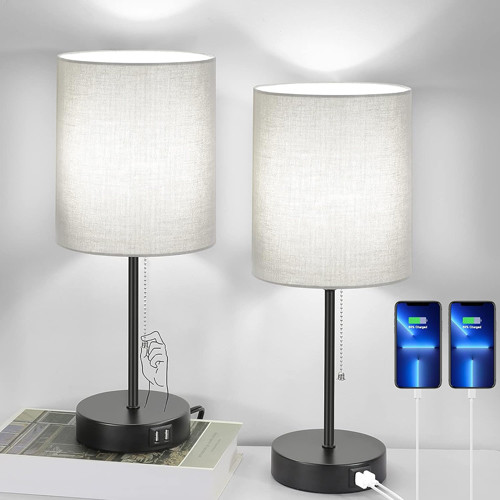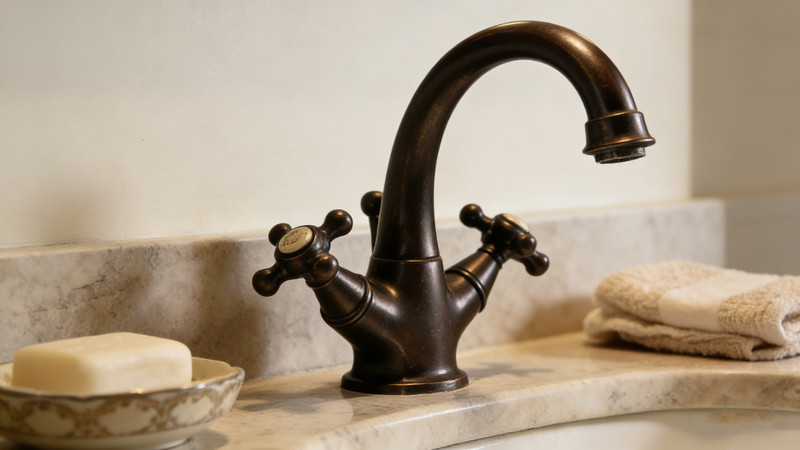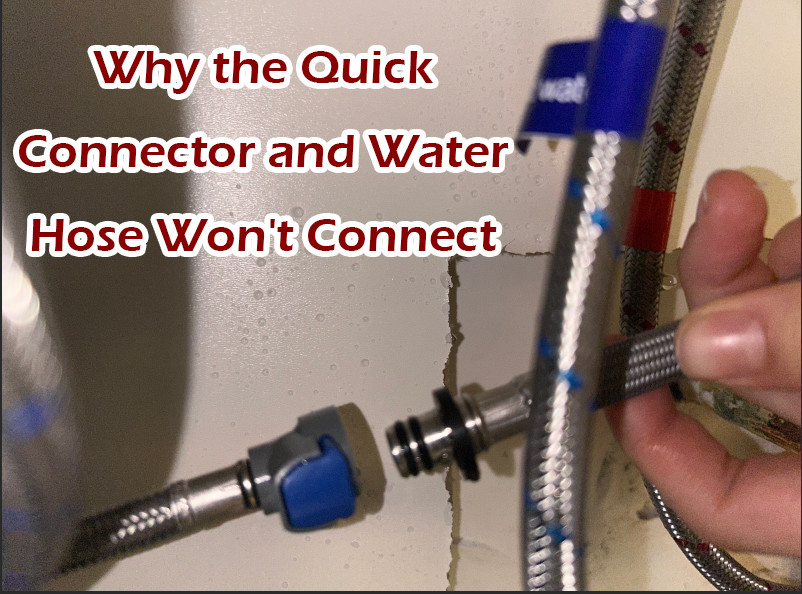
In the modern age of energy efficiency and environmental consciousness, the choice of lighting for our homes and workplaces plays a crucial role. LED (Light Emitting Diode) bulbs have become increasingly popular due to their energy efficiency, longevity, and versatility. However, determining the right wattage of LED bulbs for a room can be a bit tricky, as it depends on several factors such as room size, purpose, and personal preference. How much watt led bulb required for a room? In this guide, we’ll delve into the considerations you should make when selecting LED bulb wattage for your space.
Understanding LED Bulb Wattage:
Before delving into how much wattage you need for your room, it’s essential to understand what LED bulb wattage signifies. Traditionally, we used wattage as a measure of brightness, but with LED bulbs, this is no longer accurate. LED bulbs consume significantly less power compared to traditional incandescent bulbs to produce the same amount of light. Instead of looking at wattage, it’s more meaningful to consider the light output in lumens.
Factors Influencing LED Bulb Wattage Requirement:
- Room Size: The size of the room is a fundamental factor in determining the wattage of LED bulbs required. Larger rooms typically need more light sources or higher wattage bulbs to ensure adequate illumination. Conversely, smaller rooms may require fewer bulbs or lower wattage options.
- Room Function: The intended function of the room als o dictates the lighting requirements. For example, a workspace or kitchen where detailed tasks are performed may require brighter lighting compared to a bedroom or living room where softer, ambient lighting is preferred.
- Ceiling Height: Rooms with higher ceilings may need brighter bulbs to compensate for the greater distance between the light source and the floor. It’s essential to consider the beam angle and light dispersion of the LED bulbs to ensure uniform illumination across the space.
- Personal Preference: Ultimately, personal preference plays a significant role in determining the wattage of LED bulbs. Some individuals prefer brighter lighting for a more vibrant ambiance, while others may prefer softer, dimmer lighting for a cozy atmosphere.
Calculating LED Bulb Wattage for Your Room:
To determine the appropriate wattage of LED bulbs for your room, follow these steps:
- Calculate the Room Area: Measure the length and width of the room in feet and multiply these dimensions to find the area in square feet. For example, a room measuring 12 feet by 15 feet has an area of 180 square feet.
- Determine the Desired Light Intensity: Consider the room function and your personal preference to determine the desired light intensity in lumens per square foot. As a general guideline:
- For general lighting, aim for 10-20 lumens per square foot.
- For task lighting, aim for 30-40 lumens per square foot.
- Calculate Total Lumens Needed: Multiply the room area by the desired light intensity to calculate the total lumens needed for the room. Using the example above:
- For general lighting (15 lumens/square foot), 180 sq ft * 15 lumens/sq ft = 2700 lumens.
- For task lighting (35 lumens/square foot), 180 sq ft * 35 lumens/sq ft = 6300 lumens.
- Select LED Bulbs: Choose LED bulbs with the appropriate lumen output to meet your calculated total lumens. LED bulb packaging typically indicates the lumen output, making it easy to match your requirements.
- Consider Bulb Distribution: Depending on the layout of your room and fixture placement, you may need multiple bulbs to achieve uniform lighting. Ensure that the chosen bulbs distribute light evenly across the space.
Practical Considerations and Tips:
- Color Temperature: In addition to brightness, consider the color temperature of the LED bulbs. Warmer color temperatures (2700-3000K) produce a softer, more inviting light suitable for living spaces, while cooler temperatures (4000-5000K) are ideal for task-oriented areas.
- Dimmer Compatibility: If you prefer adjustable lighting levels, ensure that the LED bulbs you choose are compatible with dimmer switches. Not all LED bulbs are dimmable, so check the packaging or product specifications.
- Energy Efficiency: LED bulbs are inherently energy-efficient, consuming significantly less power than traditional incandescent bulbs. Opting for lower wattage LED bulbs not only reduces energy consumption but also saves money on electricity bills over time.
- Longevity: LED bulbs have an impressive lifespan, lasting tens of thousands of hours compared to the relatively short lifespan of incandescent bulbs. Investing in high-quality LED bulbs ensures long-term performance and minimal maintenance.
Conclusion: How Much Watt LED Bulb Required For A Room
Choosing the right wattage of LED bulbs for your room involves careful consideration of factors such as room size, function, personal preference, and practical considerations. By following the steps outlined in this guide and considering practical tips, you can select LED bulbs that provide optimal illumination while maximizing energy efficiency and longevity. Whether you’re lighting a cozy bedroom or a bustling workspace, LED technology offers versatile solutions to meet your lighting needs.
 WOWOW Faucets
WOWOW Faucets





